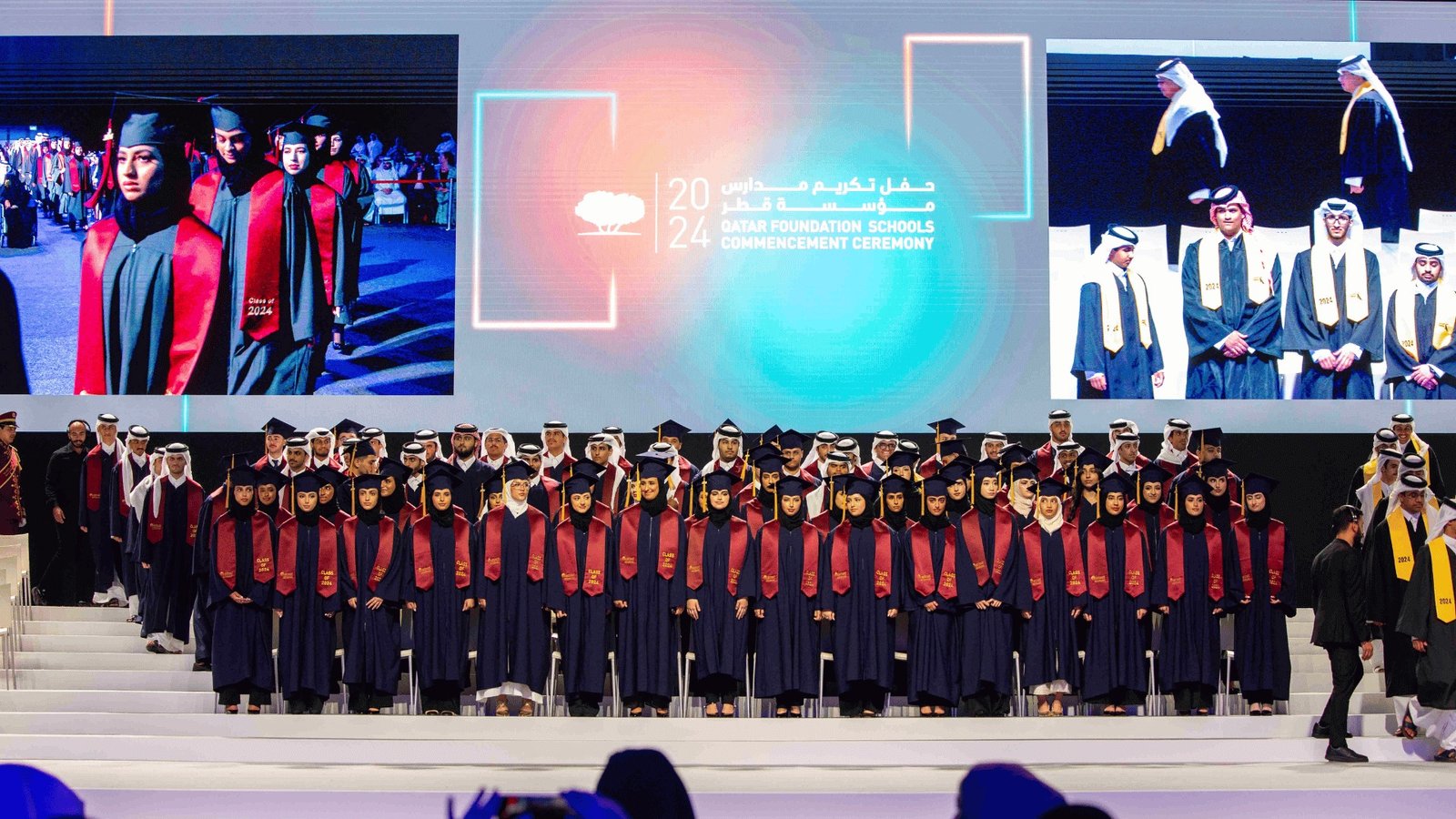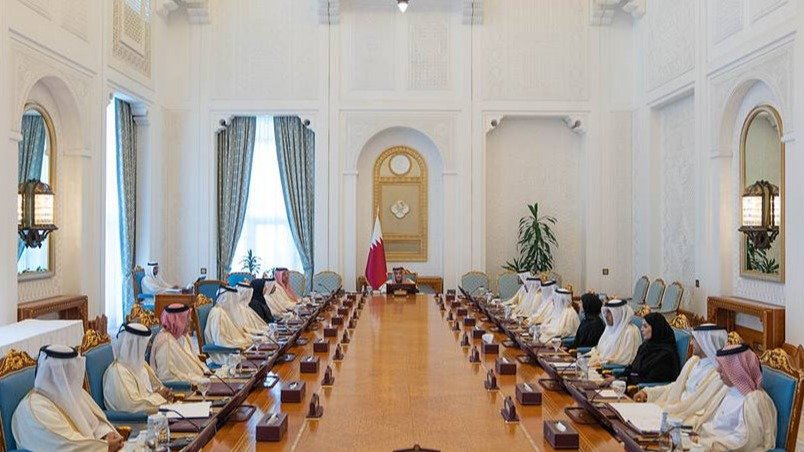Launch of Al Jazeera 360 platform
Al Jazeera Media Network will launch its new digital platform “Al Jazeera 360...
Sep 14, 2024
Qatar's Demographic Landscape
Maribel Saad, Jan 23, 2024

As of Tuesday, January 23, 2024, Qatar's population stands at 2,728,013, according to the latest United Nations data, as elaborated by Worldometer. This Middle Eastern nation has experienced steady population growth, with an estimated population of 2,716,391 in 2023, marking a trajectory of demographic resilience and evolution.
Global Standing:
Qatar's population, while relatively modest on a global scale, carries significant importance. At 0.03% of the total world population, the nation plays a distinctive role in the broader demographic landscape. Ranked at number 143 in the list of countries and dependencies by population, Qatar's demographic position underscores its unique identity among nations.
Population Density and Geographic Landscape:
The population density in Qatar is noteworthy, standing at 234 people per square kilometer (606 people per square mile). Despite its relatively small land area of 11,610 square kilometers (4,483 square miles), the country's urbanization is striking, with 100% of its population residing in urban areas as of 2023. This urban concentration reflects Qatar's modernization and the development of its urban centers.
Median Age and Demographic Structure:
The median age in Qatar is 33.8 years, indicating a relatively youthful population. This demographic characteristic suggests the potential for a dynamic and agile workforce, contributing to the nation's economic and social vitality. Understanding the age distribution is crucial for anticipating future healthcare, education, and employment needs.
Factors Influencing Population Dynamics:
Several factors contribute to Qatar's unique demographic landscape. Economic opportunities, particularly in sectors such as energy, finance, and infrastructure, have attracted a diverse and international population. Government initiatives and policies have also played a role in shaping the nation's demographic structure, reflecting a carefully managed approach to sustainable development.
Challenges and Opportunities:
While Qatar's demographic indicators showcase strengths, they also present challenges and opportunities for policymakers. Balancing population growth with infrastructure development, ensuring a skilled and diverse workforce, and addressing the needs of a youthful population are critical considerations for the nation's leaders.
Qatar's current population statistics paint a vivid picture of a nation at the crossroads of tradition and modernity. With a dynamic demographic landscape, Qatar continues to evolve, driven by economic ambitions, strategic urbanization, and a commitment to sustainable development. As the nation navigates the complexities of demographic shifts, it stands poised to capitalize on the opportunities that arise, ensuring a prosperous and harmonious future for its residents.

Al Jazeera Media Network will launch its new digital platform “Al Jazeera 360...
Sep 14, 2024

Radisson Blu Hotel, Doha is thrilled to announce the return of its highly ant...
Aug 21, 2024

Eid al-Adha, or the "Festival of Sacrifice," is one of the most significant c...
May 21, 2024

To Celebrate Eid Al Adha and Beat the Summer Heat
Jun 11, 2024

Waldorf Astoria Doha is delighted to officially announce the Grand Opening of...
Jun 11, 2024

Subscribe to our newsletter !
Nov 15, 2024

The ceremony honored 290 graduates from seven schools under Qatar Foundation’...
Jun 04, 2024

The MICHELIN Guide announced its arrival in Doha, Qatar for an upcoming 2025...
Jun 04, 2024

52nd Amir Cup Final Tickets: May 24, 2024, Education City Stadium.
May 20, 2024

Qatar Cabinet approved a proposal to allow children to enroll in kindergarten...
May 23, 2024

With Discover Qatar's shuttle bus service, arrive at the HIA and visit Doha’s...
May 22, 2024









